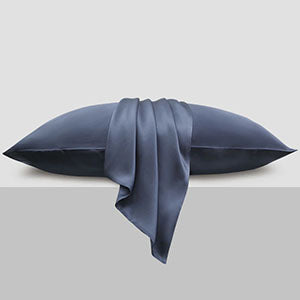What Is Silk Print: The Ultimate Guide to Timeless Textile Artistry
- ved wangfred
-

Imagine a world where vibrant colors and intricate designs come to life on fabric with unparalleled precision. Silk printing, a centuries-old technique, has evolved into a cornerstone of textile artistry, blending tradition with innovation. Whether adorning haute couture or everyday apparel, this method’s versatility continues to captivate designers and creators worldwide.
A Journey Through Time: The Origins of Silk Printing
The story of silk printing dates back to ancient China, where artisans first used silk screens to transfer intricate patterns onto fabric. This technique, initially reserved for royalty, spread across Asia and Europe through trade routes. By the 20th century, advancements in screen-printing technology transformed it into a commercial powerhouse, enabling mass production without sacrificing artistic detail.
The Science Behind the Art
At its core, silk printing involves pushing ink through a finely woven mesh screen onto a substrate. The screen, traditionally made of silk (now often synthetic alternatives), acts as a stencil. Areas blocked by a UV-sensitive emulsion or film resist ink, while open mesh areas allow it to pass through, creating the desired design. This process is repeated layer by layer for multicolored patterns.
Key Components of Silk Printing
- Screens: The foundation of the process, screens vary in mesh count to control ink density.
- Inks: Formulated for durability and vibrancy, these range from plastisol to water-based options.
- Squeegees: Tools used to evenly distribute ink across the screen.
Applications Beyond Fashion
While silk printing is synonymous with apparel, its applications span industries. Home decor brands use it for bespoke curtains and upholstery, while artists employ it for limited-edition prints. Even the electronics sector leverages its precision for circuit board designs, proving its adaptability to diverse materials like ceramics and plastics.
Why Silk Printing Endures
In an era dominated by digital printing, silk printing thrives due to its tactile quality and color saturation. Unlike inkjet methods, it allows thick ink layers that resist fading, making it ideal for high-wear items. Additionally, its low setup costs for bulk production make it economically viable for small businesses and large manufacturers alike.
Challenges and Solutions
While manual silk printing demands skill for registration alignment, modern automated presses have streamlined multicolor designs. Environmental concerns about chemical inks are being addressed through biodegradable alternatives and closed-loop water recycling systems.
The Future of Silk Printing
Innovations like nano-coatings for screens and AI-driven color matching tools are pushing boundaries. As sustainability becomes paramount, the industry is pivoting toward eco-friendly practices without compromising on the vivid aesthetics that define silk printing.
From ancient workshops to cutting-edge studios, silk printing remains a testament to human creativity. Its ability to merge heritage with technology ensures that every printed fabric tells a story—one that’s etched in ink and woven into the threads of time.












